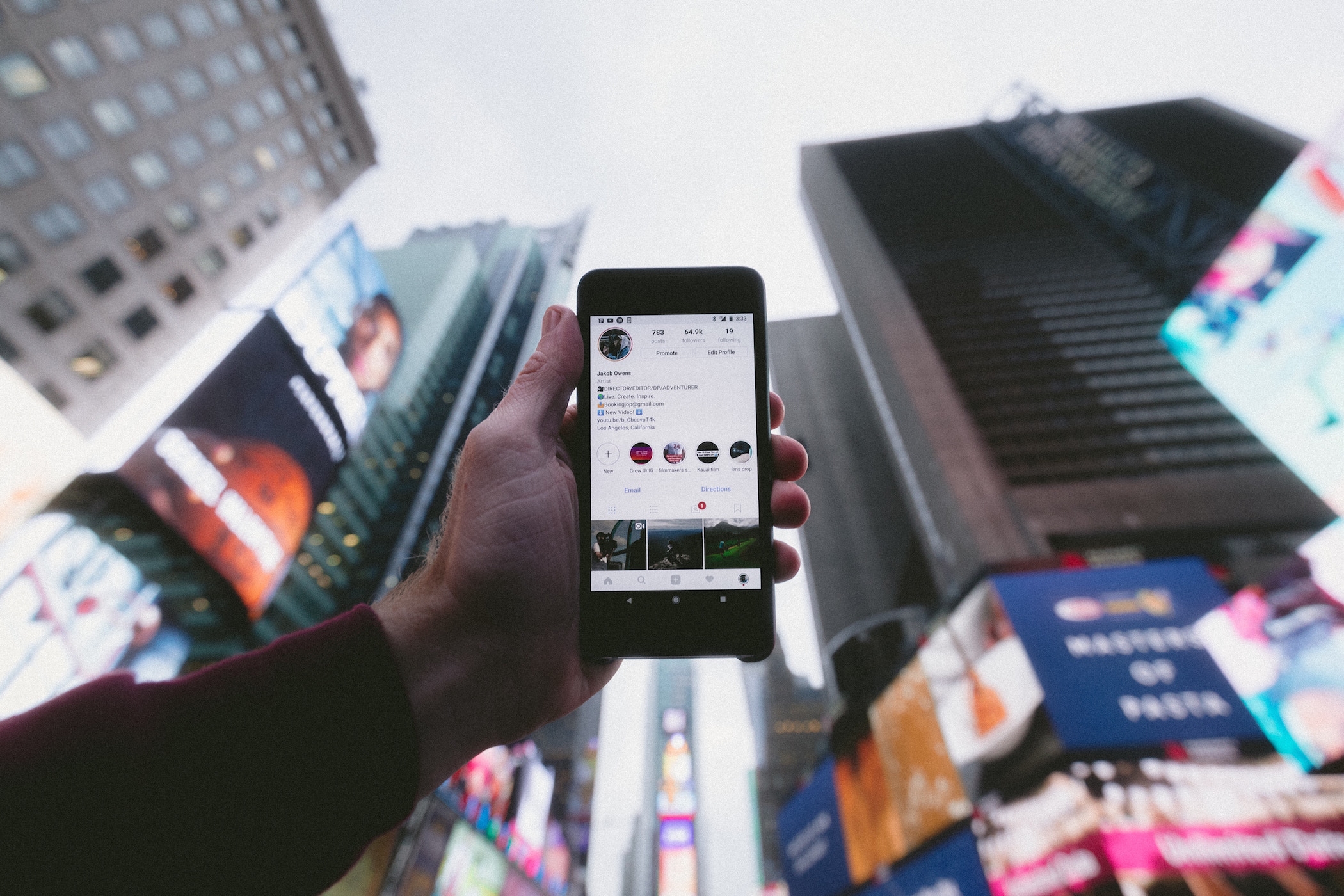Ten years ago, who would have ever predicted that large populations of society will be regularly spotted wearing dog ears, or an extravagant sparkly tiara while talking to their friends? It would have been such an odd suggestion at the time, and perhaps all except the local fancy dress shop owners may have been opposed to the idea. Unfortunately for those in the amusing costumes and accessories trade, no quirky items have really been purchased in creating this phenomenon, instead it is the developments in augmented reality (AR) which have enabled social media users to generate face ‘filters’ at the tap of a button, or sometimes, quite literally, at a shake of the head.
We used to joke about Facebook introducing a dislike button for everything we didn’t like on our newsfeed, but Zuckerberg et al. made that wish a reality by allowing us all to express sadness, anger, love and laughter towards everything and anything we now see.
The above are just two examples of key features which have evolved in the last 5 years, Social Media is advancing at a menacing rate. Just this week YouTube announced that they too will be stepping up their game with Augmented Reality and shall soon allow users to play around with filters on pre-recorded videos. Facebook Messenger revealed in the same week that they are going to allow users to reply to specific messages in the same way WhatsApp does. That’s two developments within 7 days of writing this blog. If you blink you may miss something with Social Media. As a result, it is becoming tougher than ever before for brands, and especially fitness clubs to stay ahead of the game.
What is Social Media?
You can consider Social Media as a huge gathering where everyone is invited, but rather than taking place in a house or a bar and lasting just a few hours, it takes place ‘online’ and unlike its real-life counterparts, this party never stops. You may escape occasionally but when you return it will still be going on, just as crazy (or perhaps even crazier) as it was when you last left.
While there may not be a balloon, a cocktail, or a cake in sight in the social media party (except for emoji’s of course), people’s behaviour is virtually the same as it is in the real world however it goes one step further; it cuts out the monotonous, tiresome, repetitive, routine matters which happen in the real world and just provides us with dramatic, action-packed, highlights from the friends and brands we follow.
As fitness operators, we need to respect that our prospective and existing members are out for the ‘thrills and the spills’, they are not scrolling through instagram and facebook to see impersonal, promotional drivel. Whether you are the CEO of a multi-chain gym or a Personal Trainer in an independent boutique, it’s your duty to ensure your social media appeals to your audience’s wants and needs.
Here are four ways in which you can do this;
Deliver emotional content
Social media is only shared on Social Media if it makes people feel something of magnitude.
When you post a remarkable member success story, some of your members may experience feelings of happiness, affection and warmth. It may serve as a pleasant reminder of a time they achieved something and ultimately because they are a good-natured member they may feel proud when they others also achieve their goals.
For others, the same story may evoke feelings of jealousy, guilt and anger. Those experiencing such emotions may have tried to achieve success with health and fitness in the past but fallen short. Consequently, they have a feeling of resent towards others who showcase amazing progress. Despite the negative emotions it may still inspire them to once again kick-start their own journey.
If your posts play on the heart-strings of your audience, you’ll have more chance of your post going ‘viral’. If your posts don’t evoke any emotional reaction at all, then nobody will like or comment and your efforts will just go to waste. So much so that you may as well not bother, as you end up doing more harm than good.
As a health brand, you should try to ensure your posts are doing what is ethically right, it’s much better to focus on eliciting positive member emotions than negative ones. Remember though, it’s 2019 and people may find something to be offended about.
Feel the reciprocity
If you give something away, people are more likely to give you something back, it’s what known in social psychology as ‘reciprocity’. In the real world, if you buy someone a beer at the bar after work, you are likely to get one back in return.
Have you tried giving out every member who comments on your post 20% off your merchandise next time they visit? Have you ever even considered offering everyone who tags you in an Instagram post a 50% coupon off a smoothie? That’s how you create feelings of reciprocity. If by adopting these tactics, it encourages members to interact with you more then it is certainly worth doing, especially if you have a flexible, responsive POS system which allows you to discount items.
By continuously offering genuine value to your members through your social media posts, they are likely to return the favour by tagging their friends and feeling like a key part of your brand story.
A sense of belonging
Make your members feel connected. In real life, if someone said ‘hello’ to you in the gym, it is hoped you wouldn’t ignore them and if you did you’d be viewed as ill-mannered, snobby and disrespectful. So, likewise, don’t think it is acceptable to blank your members on social media.
On Twitter, do you respond to every single member who tweets you? On Instagram, do you reply to everyone who mentions you in your story even though nobody else can see your reply? You should! If you are pretty active, try to go one better and use GIFs when responding to people on facebook messenger and on twitter as this will create a more human-like feel. On Instagram, feel free to send a screenshot of the gym back, rather than just ‘good work’ and a bicep emoji. Mirror the actions of fellow humans, not the other brands you may have seen.
Furthermore, reach out to your members and ask if you can feature them on your social media. If your Facebook Page or your Instagram is full of pictures of actual members, rather than e-flyers and equipment, it will look much more natural and appealing to those who are visiting your pages while researching which gyms to use. It won’t just create a better community feel but will no doubt entice more people into wanting to be a part of it.
Only when your page has more members displayed on it than more advertising spiel can you truly say you have a page which fosters a socially-rich, engaged community. So, stop talking about yourself, and start talking about the people who make a difference to your business – your members. Humans like attention, give them it at all times.
What lies ahead for the fitness industry and the world of social media?
Today, a Google Pixel phone has an unbelievable resolution and camera quality. We expect to see other rival phone brands following suit, so in months to come, user-generated content will be even more of an opportunity for marketers. The enhanced quality of camera footage will go hand in hand with the rise in live streaming and the role citizen journalists play in society.
We may see new social media apps emerging, tiktok which has taken over musical.ly has gathered widespread interest among the Generation Z market and its short video streaming app looks to be more than filling the void which was left when Vine was shut down by twitter.
Should the cryptocurrency trend take off in a more efficacious manner, we may expect to see a social media app which rewards people in jetcoin and fatcom – that’s a sentence we would never have envisaged ourselves writing in 2012, but if you look at the website called Steemit you can get a flavour of the idea.
Finally, Zuckerberg himself has announced a merger of Facebook, Instagram and Whatsapp to create one powerful and convenient messenger platform – how that may look only time will tell but we DO know that when this organisation get it right, they change the world as we know it.
Whatever happens, human behaviour should always remain at the heart of your social media strategy. Deliver emotional content, be mindful of reciprocity and create feelings of belonging. Treat members how you would in the real world and your time invested in social media will never be wasted.






